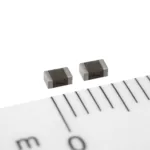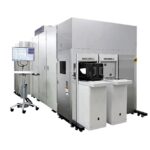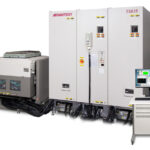ASIA ELECTRONICS INDUSTRYYOUR WINDOW TO SMART MANUFACTURING
New Techniques Diversify Solders, Aim Low Carbon
There is a growing interest in carbon neutrality in various industries. Low melting point solder is attracting attention in the solder industry. Each company is promoting its commercialization from a new perspective.
In the past, alloys consisting of Sn (tin) and Pb (lead) are the mainstream solder. However, lead has a negative impact on the environment. Because of this, the Japan Electronics and Information Technology Industries Association (JEITA) recommended in 2000 SAC305 as an industry standard. As such, the SAC305 is a lead-free alloy consisting of Sn, Ag (silver), and Cu (copper) with a melting point of around 220°C. Manufacturers in the home appliances and audio-video (A/V) industries widely adopt this standard.
Interest in carbon neutrality is steadily increasing in the solder and surface mount technology (SMT) industries. Moreover, low melting point solder is attracting attention. The low melting point of the solder not only saves power in the solder bath, but also positively affects various soldering processes. That is, simplification of the mounting process, leading to carbon neutrality.
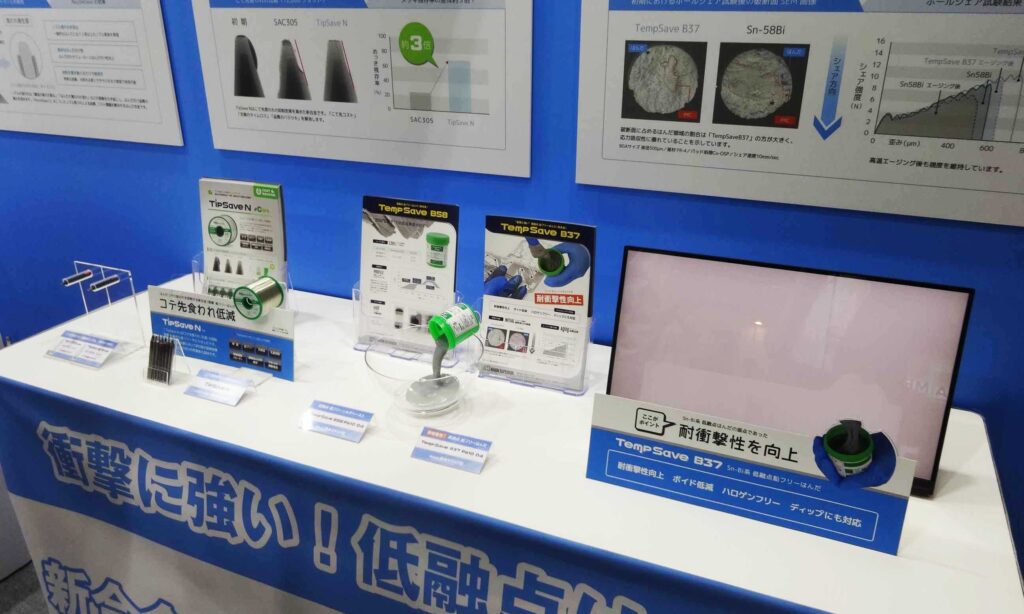
Maintains Low Melting Point
Generally, solder containing Bi (bismuth), In (indium), Cd (cadmium), etc. has a melting point lower than 183°C. However, low melting point solder based on Sn-Bi alloys has problems such as a large amount of dross and low ductility when used in flow soldering. That is, the dross is an oxide of solder floating on the surface of the solder bath and causes solder defects on a printed circuit board. To solve these problems, each company is working on improving solder materials and processes.
Senju Metal Industry Co., Ltd. focused on the superiority of low melting point solder to realize carbon neutrality. Because of this, the company developed a DIP flow soldering manufacturing method, solder bath, and solder products for low melting point solder.
Koki Co., Ltd. introduced the T4AB58-HF360 solder pastes for printing and the T4AB58-HF360D for dispensing. Both are for low-temperature mounting to the market. The company has ensured the meltability and cohesiveness while reducing the amount of the added activator. In doing this, Koki selected an activator that effectively exhibits a redox effect with a small amount of addition and optimizing the blend amount.
These solder pastes consist of a Sn-Bi system with alloy composition of Sn + 0.4 Ag + 57.6 Bi. They have a melting point of 138 to 140°C and enable atmospheric reflow at low temperatures for parts and substrates with low heat resistance.
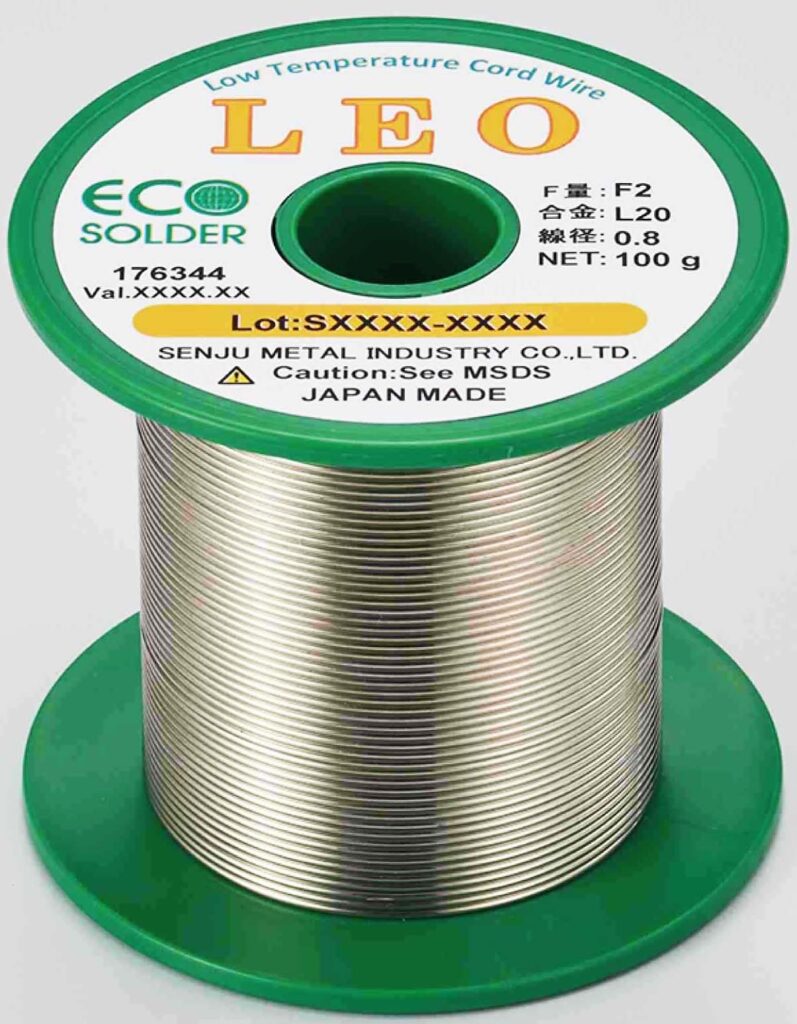
Wide-Range Lineup
Nihon Almit Co., Ltd. has commercialized the DB1-RMA resin flux cored solder. Accordingly, the cutting-edge solder came from the Boost up Almit Standard, a concept the company developed as a new standard for the company’s products. In addition, the company has adopted a new dual boost technology that promotes wetting in two stages. That is, combining the fast-acting and slow-acting active ingredients.
With the same concept, it has also introduced the QB-1 resin flux cored solder produced in the quick boost technology, which prevents the solder from self-accumulation, flux scattering, and formation of solder balls.
As the low melting point solder, the company has released LFM-65, an Sn + 58 Bi with melting point of 139°C, and the LFM-70, a Sn + 3.5 Ag + 0.5 Bi + 8.0 In with melting point 194 – 206°C. it also released the LFM-71, a Sn + 3.5 Ag + 0.5 Bi + 4.0 In, which has a melting point of 205 – 212°C.
As a new initiative in the solder business, Nihon Superior Co., Ltd. is expanding its products of solder for formic acid reduction reflow in the field of power devices and low melting point solder. Ultimately, the goal is to reduce damage to printed circuit boards and mounted devices.
The lead-free solder Temp Save B37 has high impact resistance and a low melting point suppresses warpage of the board. It also reduces stress on parts, and leads to low power consumption for reflow.


